Description
The humanizer of the “Hinkal” type allows the use of a steel spear in mass fights without the danger of causing serious injury to the enemy and can be used without restrictions at the Rusborg festival.
A felt pad is securely glued to the steel platform on the tip of the spear, which is additionally fixed on top with a leather cover on glue with a strong rope winding.
This type of spear humanization does not spoil the appearance of the weapon, but at the same time completely eliminates the risk of serious injury in combat interactions.
Spear parameters:
total length about 40cm
sleeve length about 15cm
sleeve diameter 33-35 mm
blade width about 3 cm
weight 300 gr
The blade is 65G steel, the sleeve is ST3 steel. Hardening 48-50 HRC.
Type I. A spear with a lanceolate-shaped feather easily tapering at the neck and smoothly turning into a sleeve. The edge is always distinguishable on the blade, its cross-section is rhombic.
This elongated spear gives a larger area of impact compared to a standard Type I spear, and also makes it easier to parry blows on the spear itself due to the longer steel part.
The more northerly, the more lanceolate copies. In the X century. in the Southeastern Ladoga region, they predominate among other forms.
In Russian military burials, lancet—shaped spears are one of the main types that exist both in the north and in the south of the country (Vladimir, Gnezdovsky, Chernihiv mounds). The oldest spear of the type in question with a damask on the blade and a mortise “Gothic” ornament on the crown was found in Gnezdovo and dates back to 900 at the latest.
There are 12 such arrowheads registered throughout Europe, they date from the second half of the VIII—IX century. And they were brought to Scandinavia, England and Russia, probably from Rhenish workshops.
Among our finds there are 3 more spears of the X—XI centuries with a mortise ornament on the crown, but without damask (Fig. 15, 2), which is also considered a sign of Western European workshops of the IX—X centuries (sometimes earlier).
In general, in Russia, as in the rest of Europe, in the 10th century, unadorned arrowheads, apparently of local work, dominated.
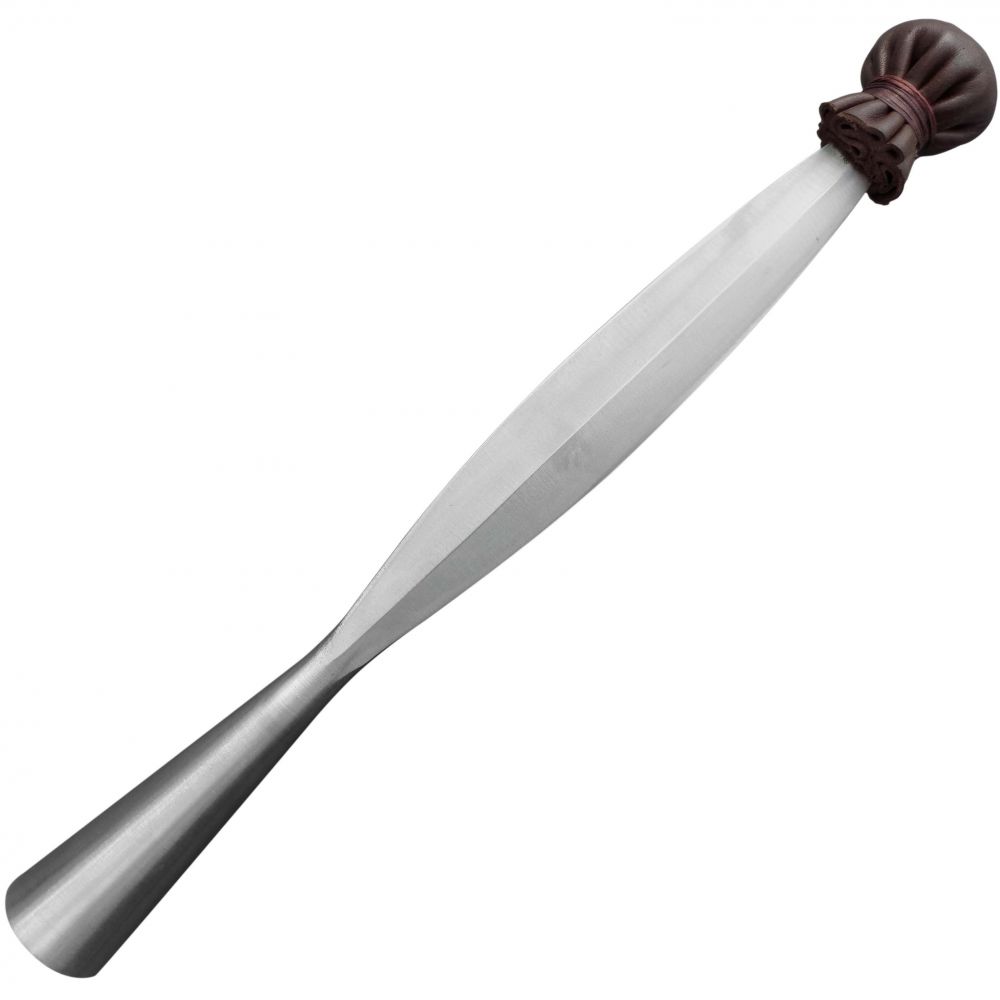
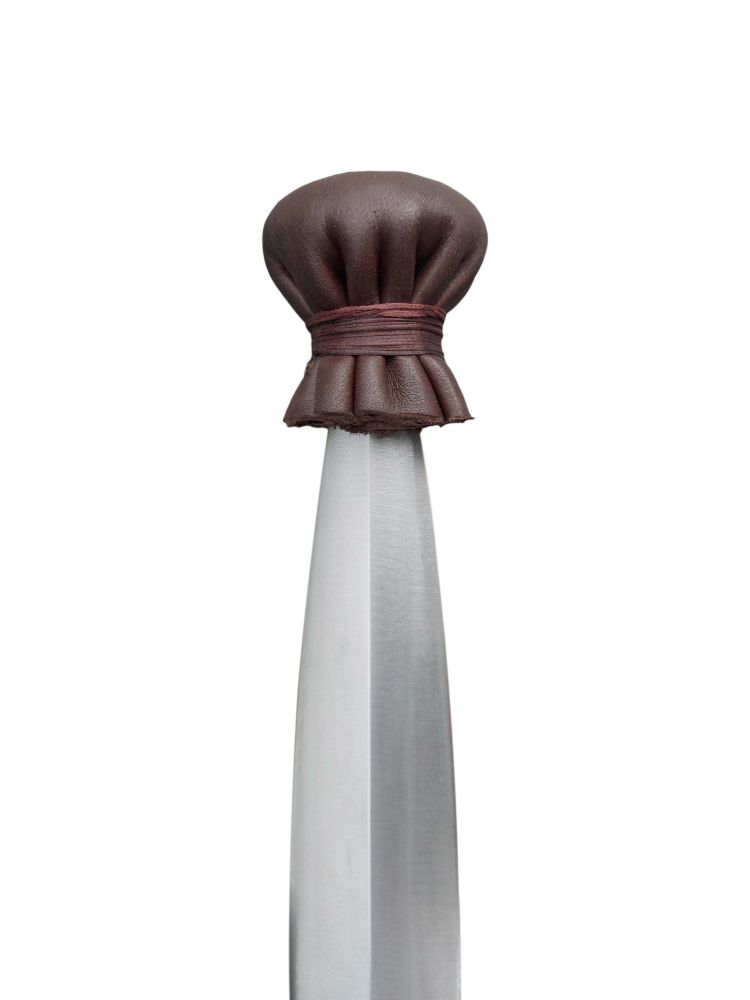
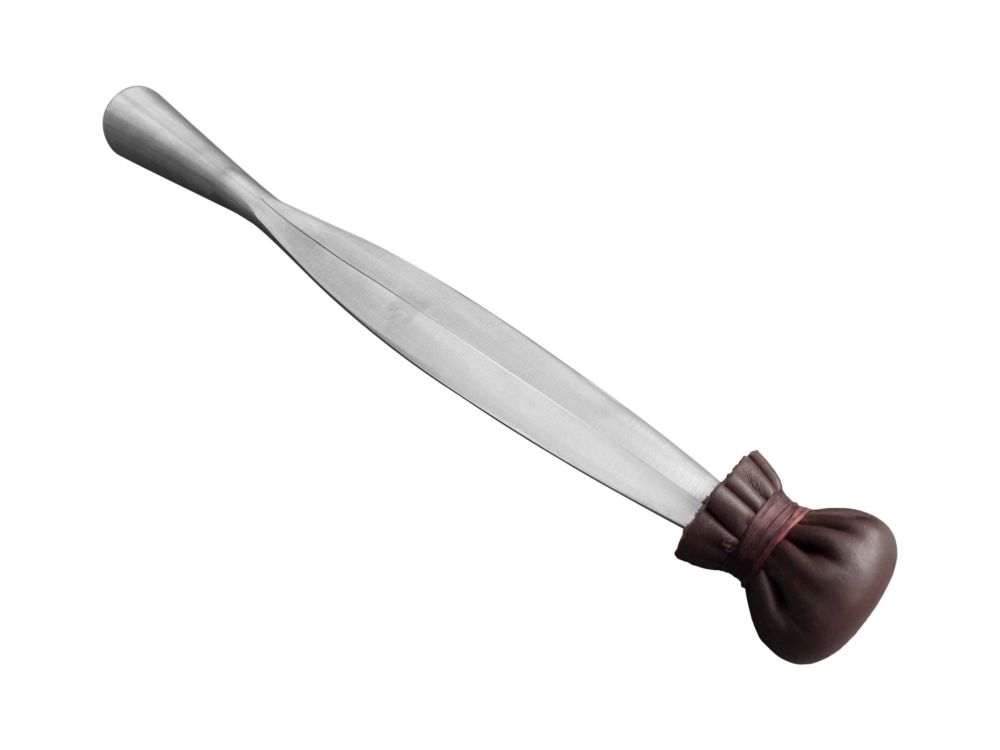

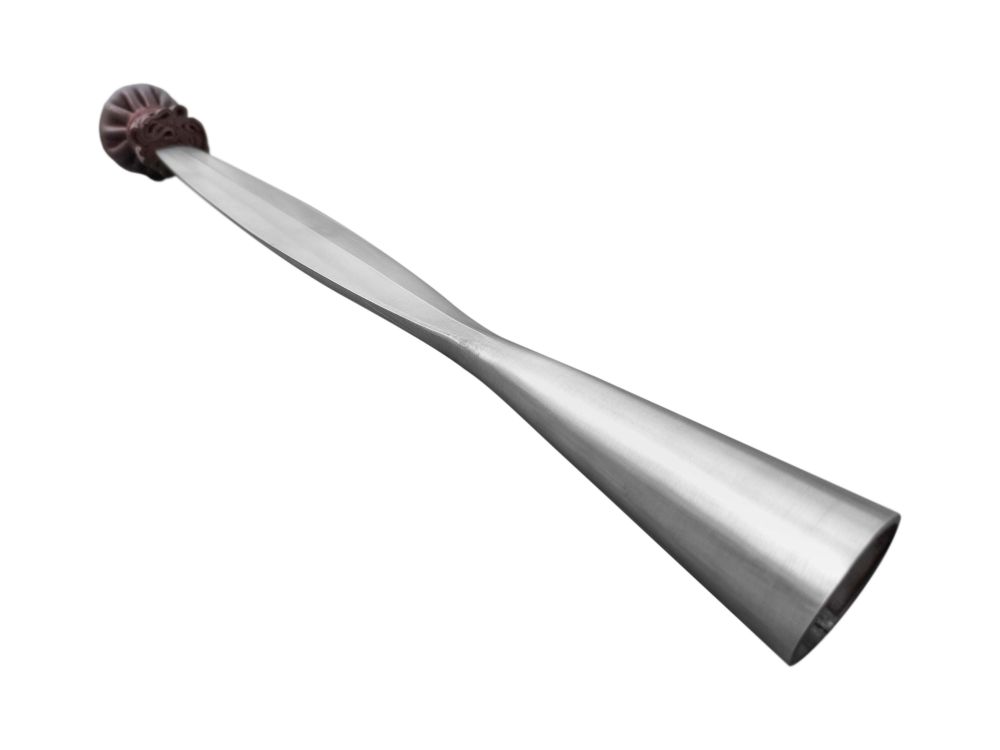

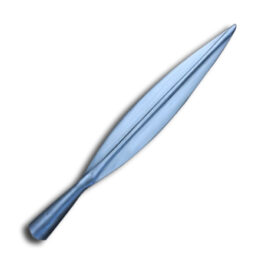
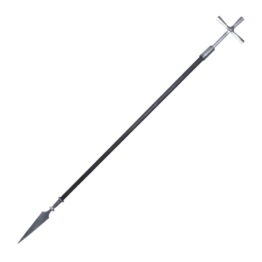
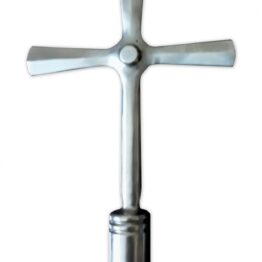
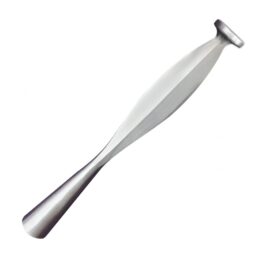




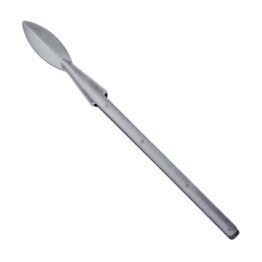
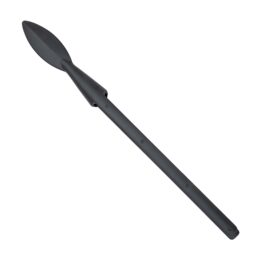
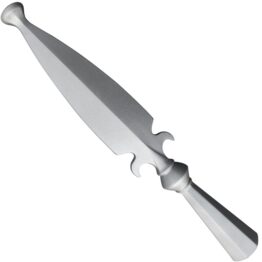
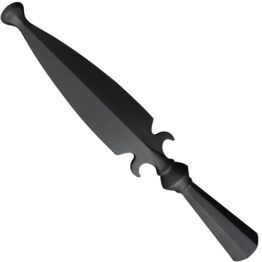
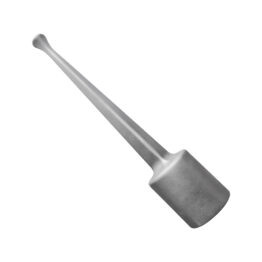
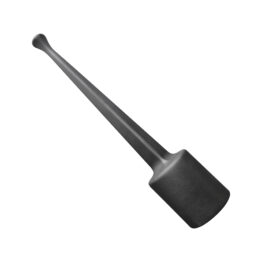
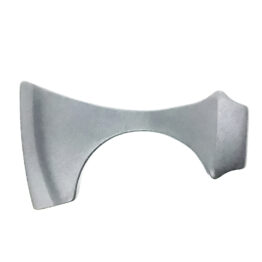
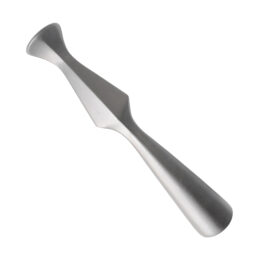
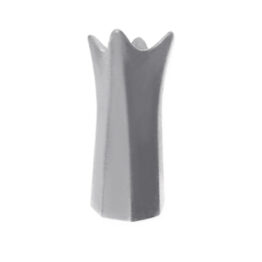
Reviews
There are no reviews yet.